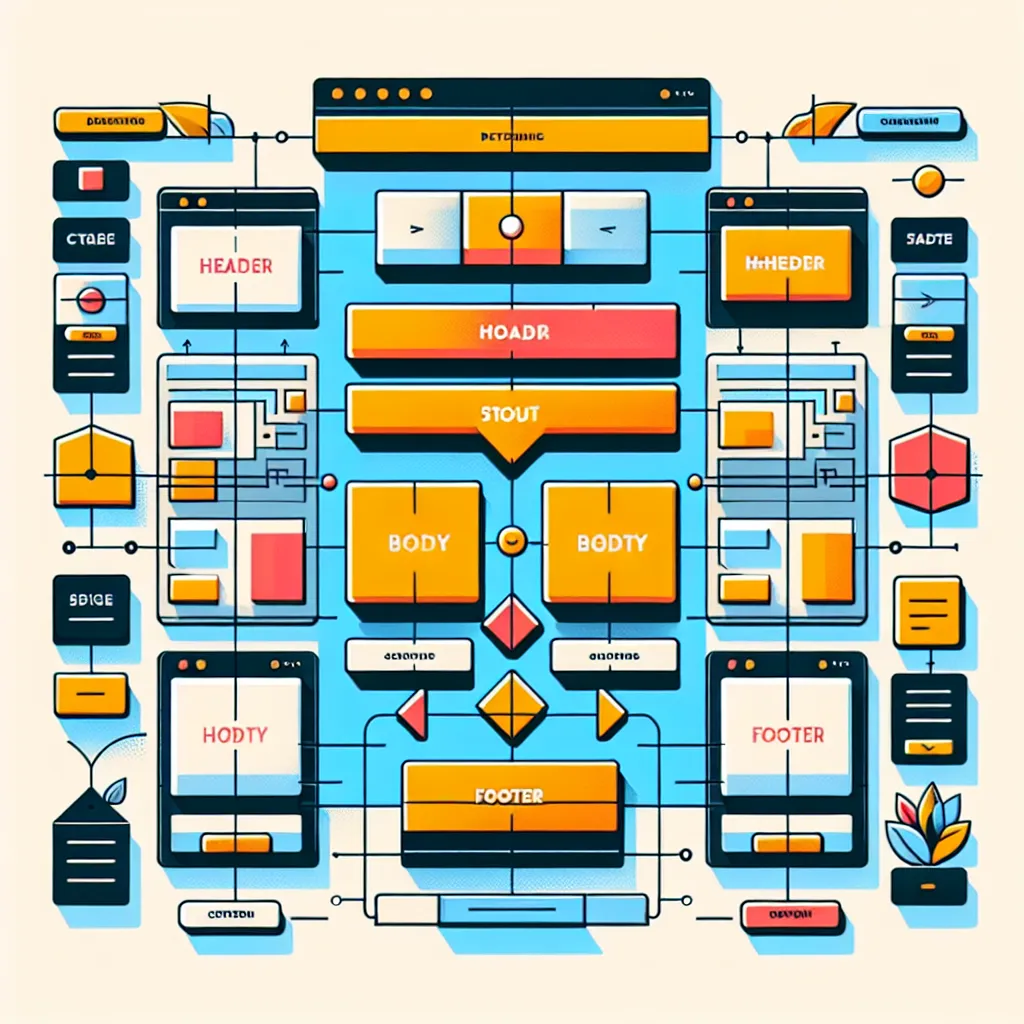Building Responsive Websites with CSS Grid: A Comprehensive Tutorial

Understanding CSS Grid: The Foundation for Responsive Web Design
Building responsive websites with CSS Grid is essential for creating modern and adaptable web designs. Understanding CSS Grid is crucial as it forms the foundation for responsive web design. CSS Grid provides a powerful layout system that allows developers to create complex and flexible grid-based layouts with ease. By using CSS Grid, developers can efficiently control the positioning and sizing of elements, making it an ideal choice for building responsive websites.
One of the key features of CSS Grid is its ability to create responsive layouts without the need for complex media queries or JavaScript. With CSS Grid, developers can define grid tracks and areas, set their sizing and positioning, and create responsive designs that adapt to different screen sizes and devices. This makes CSS Grid an incredibly powerful tool for building websites that work seamlessly across various devices and screen sizes.
Furthermore, CSS Grid also enables developers to create multi-dimensional layouts, allowing for more intricate and dynamic designs. This level of flexibility and control is essential for creating engaging and visually appealing websites that provide a seamless user experience on all devices.
In conclusion, understanding CSS Grid is vital for building responsive websites. Its powerful layout system and ability to create flexible, responsive designs make it an indispensable tool for modern web development. By mastering CSS Grid, developers can create websites that adapt effortlessly to different devices and screen sizes, providing an optimal user experience for all visitors.
Implementing Flexibility with CSS Grid: Creating Dynamic Layouts
Building responsive websites with CSS Grid is essential in the modern web development landscape. Implementing flexibility with CSS Grid allows for the creation of dynamic layouts that adjust seamlessly to different screen sizes and devices.
One of the key features of CSS Grid is its ability to create flexible and adaptive layouts. By using a combination of grid tracks, grid areas, and the minmax() function, developers can build dynamic layouts that adjust to the content they contain. This ensures that the design remains visually appealing and functional across a wide range of devices and screen sizes.
CSS Grid also enables the creation of responsive content placement, allowing items to automatically reposition themselves based on available space. This level of flexibility is particularly useful when designing complex, multi-column layouts.
Furthermore, CSS Grid provides the ability to control the sizing and placement of grid items through properties such as grid-template-rows and grid-template-columns. This allows developers to create layouts that adapt to the content they contain, ensuring a seamless and consistent user experience across different devices.
In conclusion, implementing flexibility with CSS Grid is a crucial aspect of building responsive websites. By leveraging the features provided by CSS Grid, developers can create dynamic layouts that effortlessly adapt to the ever-changing landscape of web design and device usage.
Best Practices for Building Responsive Websites with CSS Grid
Building responsive websites with CSS Grid has become increasingly popular, offering a comprehensive solution for creating flexible and dynamic layouts. When implementing CSS Grid for responsive web design, it’s essential to follow best practices to ensure optimal performance and user experience across various devices.
One of the key best practices is to use media queries effectively to adapt the layout based on different screen sizes. Leveraging the power of CSS Grid, you can define different grid structures for specific breakpoints, allowing seamless transitions between layout configurations. This approach enables you to tailor the website’s appearance to suit the user’s device, whether it’s a desktop, tablet, or mobile phone.
Additionally, it’s crucial to prioritize content hierarchy and maintain a mobile-first approach. By designing the layout for mobile devices initially and then scaling up for larger screens, you can ensure that the most important content remains prominent and easily accessible on all devices. This strategy aligns with modern web design principles and enhances the overall usability of the website.
Moreover, utilizing CSS Grid’s auto-placement feature can simplify the process of creating responsive layouts. By allowing the grid to automatically position items based on available space, you can achieve fluid and adaptable designs without the need for complex positioning techniques. This streamlines the development process and facilitates the creation of responsive web layouts that effortlessly adjust to various viewport sizes.
In conclusion, integrating CSS Grid with best practices for responsive web design empowers developers to build websites that deliver a seamless and engaging experience across diverse devices. By leveraging media queries, embracing a mobile-first approach, and harnessing CSS Grid’s capabilities, designers can craft compelling and adaptable layouts that cater to the evolving landscape of digital devices.



